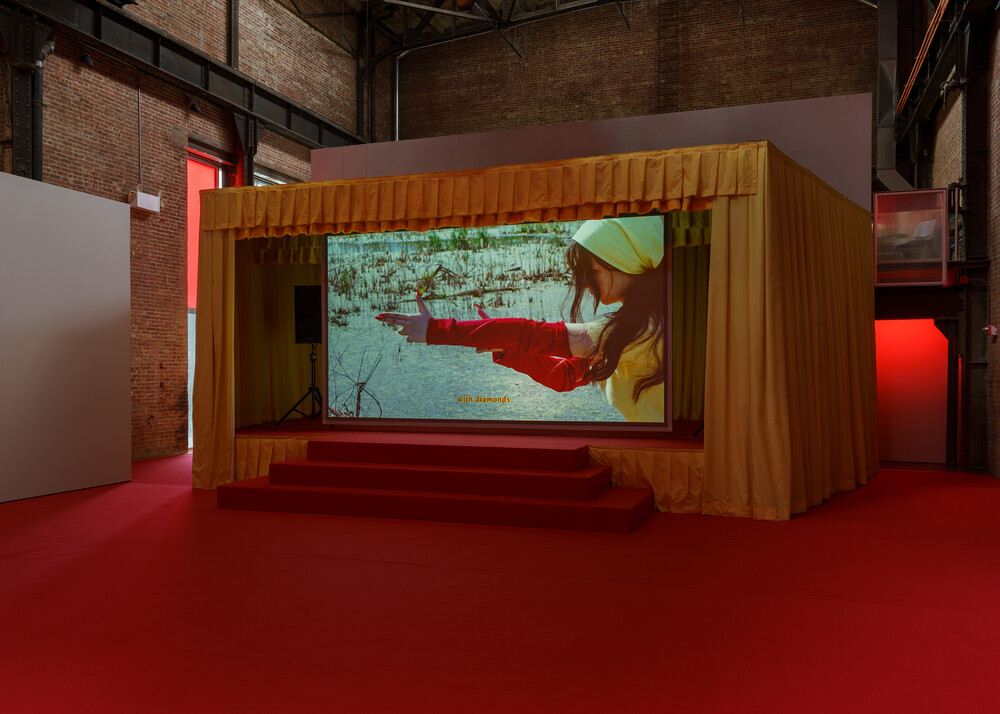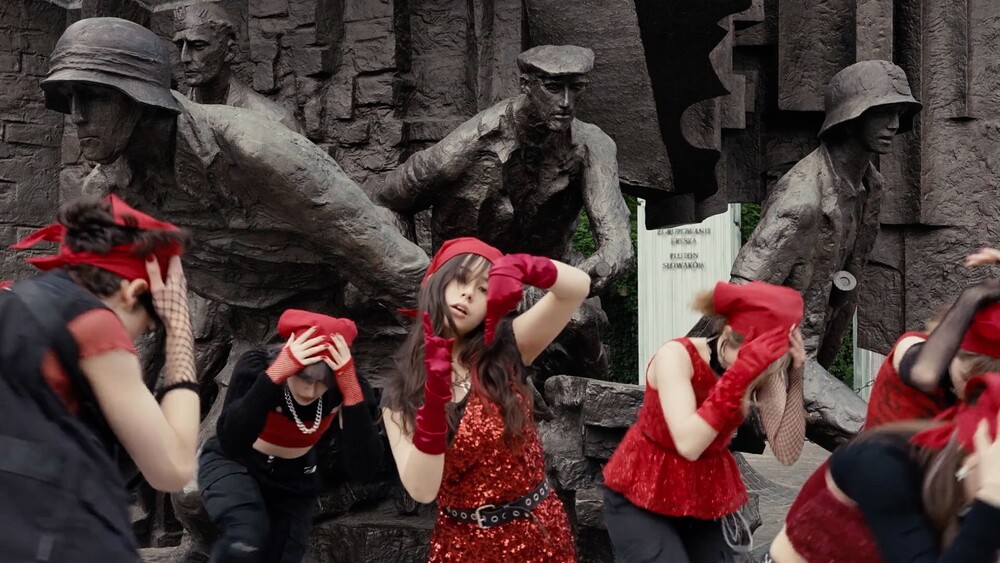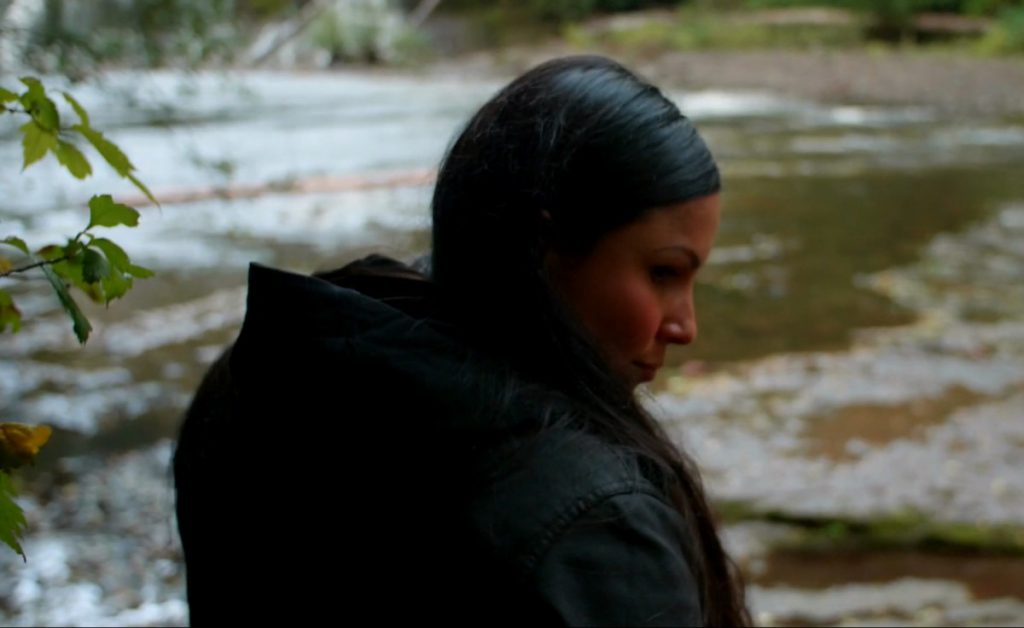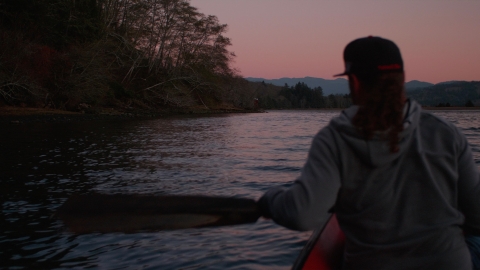
For this blog post, I decided to visit the Sculpture Center last weekend with my sister, located in Long Island City, Queens. The exhibition was titled IF REVOLUTION IS A SICKNESS, by artist Diane Severin Nguyen. We were given a pamphlet to read before we entered the room. We noticed quickly that we were the only ones there. This room was quite interesting because the stage had a big gold curtain and red stairs, it looked like a theater performance was about to begin. The red stairs led down to a big red carpet on the floor, there were no chairs for anyone to sit. We sat on the carpet to watch this performance. IF REVOLUTION IS A SICKNESS started with beautiful shots of the trees in winter and summer. The shots that followed showed young Weronika, asleep on the shore and we could hear the voice-over of a man reading a letter that he wrote for Weronika. He started to talk to her about politics and the change that had to occur. The voice says, “promise to communicate our problems… isolation will destroy you.” The next shots showed Weronika strolling all alone throughout the forest, but it seemed like she didn’t mind it, it looked like she was comfortable on her own. The voice went on to tell her “you cannot stay, you cannot avoid certain things. Isolation strips you, which is a hard pill to swallow”. We eventually saw Weronika grow up into a teenager. She was still wearing a red and yellow outfit like she wore when she was younger but she was no longer isolated from the world. She was ready to have the entire world listen to her sorrows. We saw her practicing how to sing and dance K-pop songs with her polish friends. She stood out from her group because she was the only one wearing yellow, the rest of them wearing white, back, and red. Weronika asked herself, “Do you really think I’m cute or just different?” As much as she tried to feel like a part of them, she doubted herself at times.

They practiced their dance routines around old buildings, streets with powerlines on the floor, and monuments that can draw similarities to the war that the voice was telling Weronika about. The images of Weronika stabbing a strawberry with her nail, the red and gold balloons of the year 1898, and the burning of music sheets made it feel like the dance group was getting ready to fight and as if the dance was more towards violence. The last part of the film looked like a dance music video, Weronika was in the middle of the group and was the lead singer. I liked how this film focused on voices, images, and dance to represent war, unity, and reorganization.

